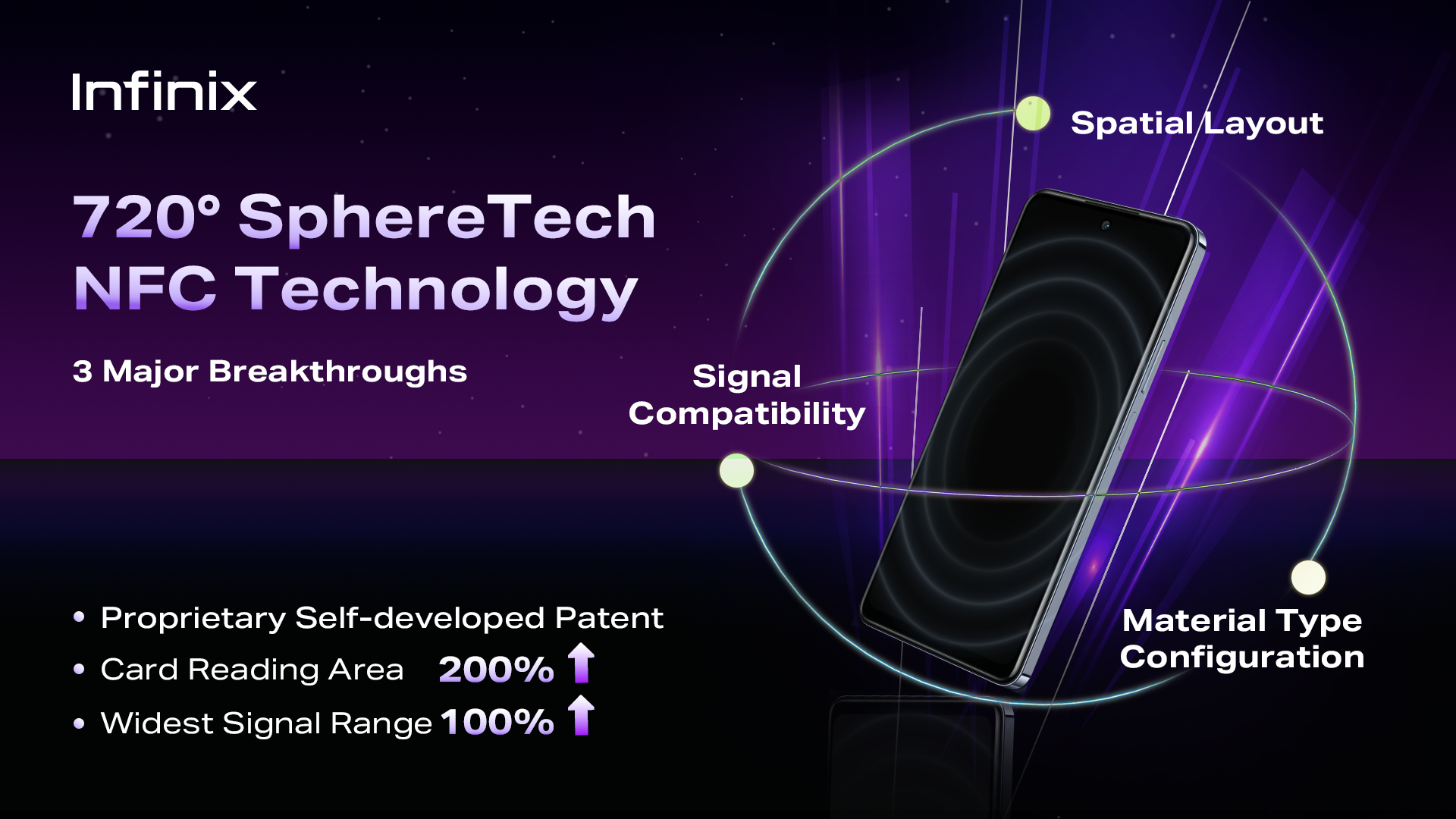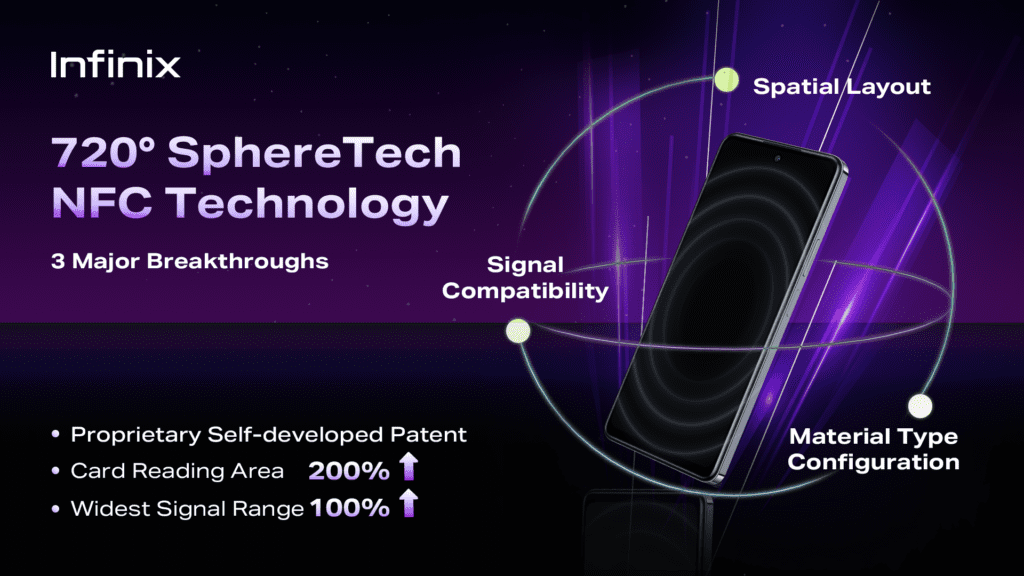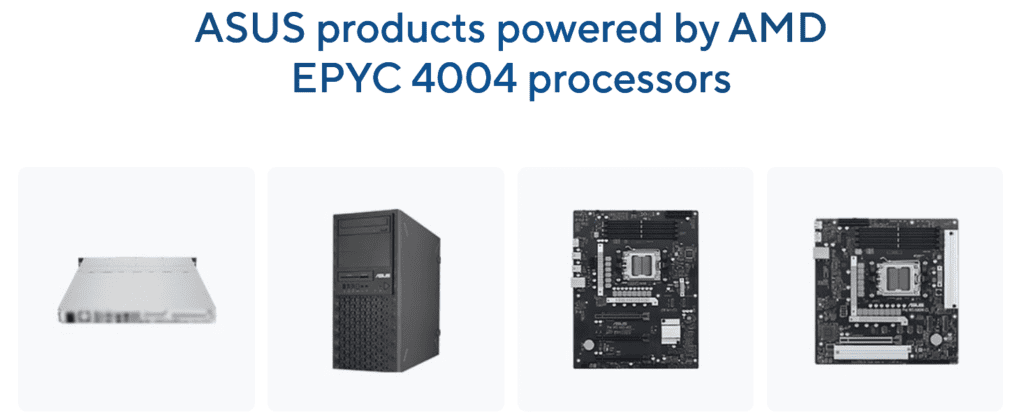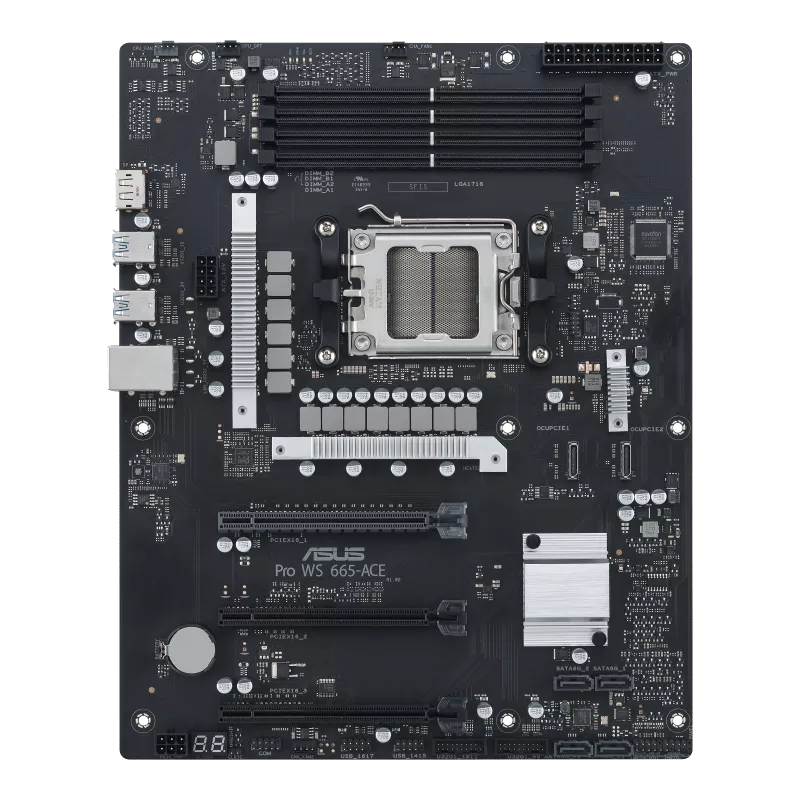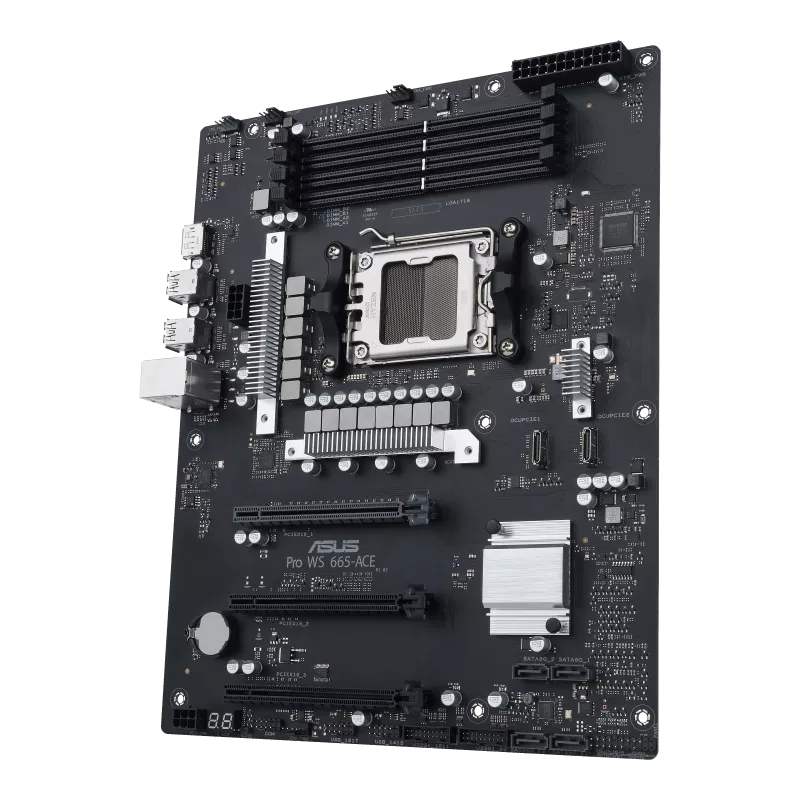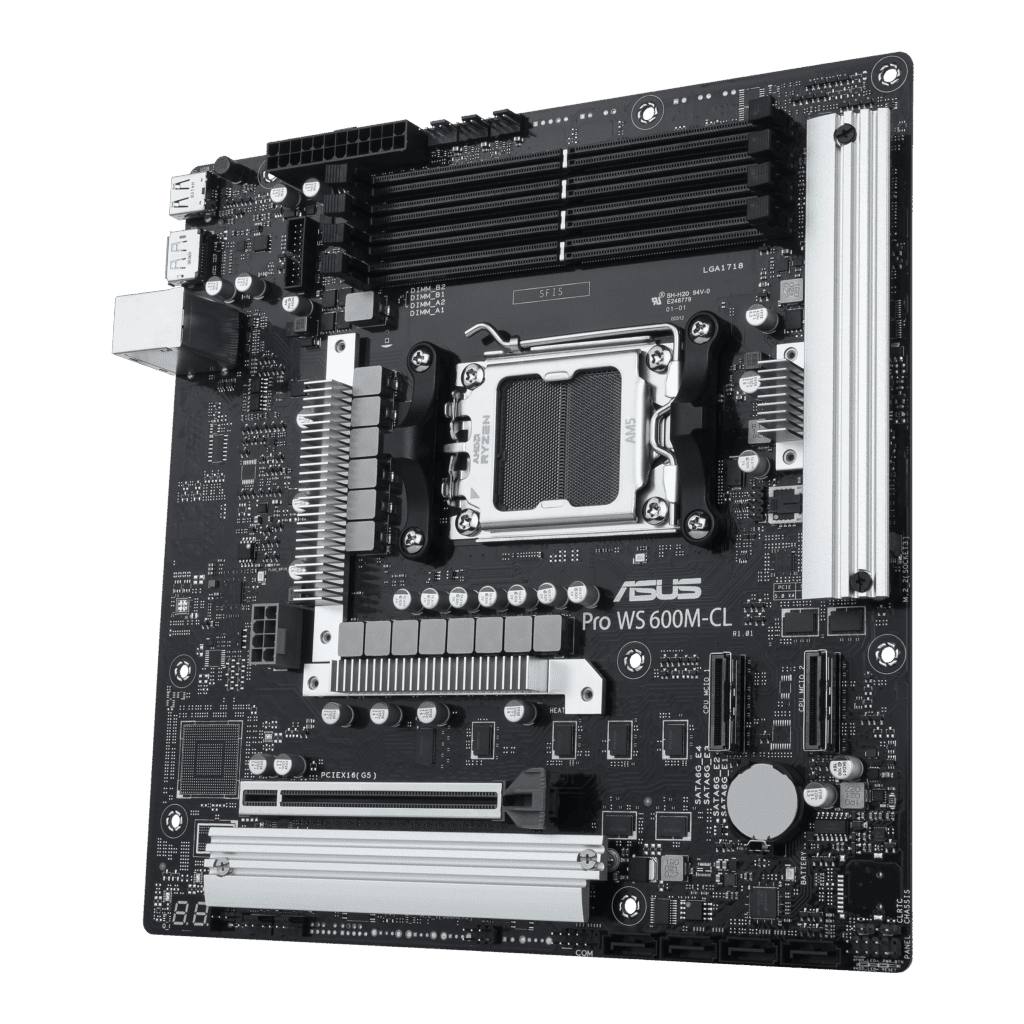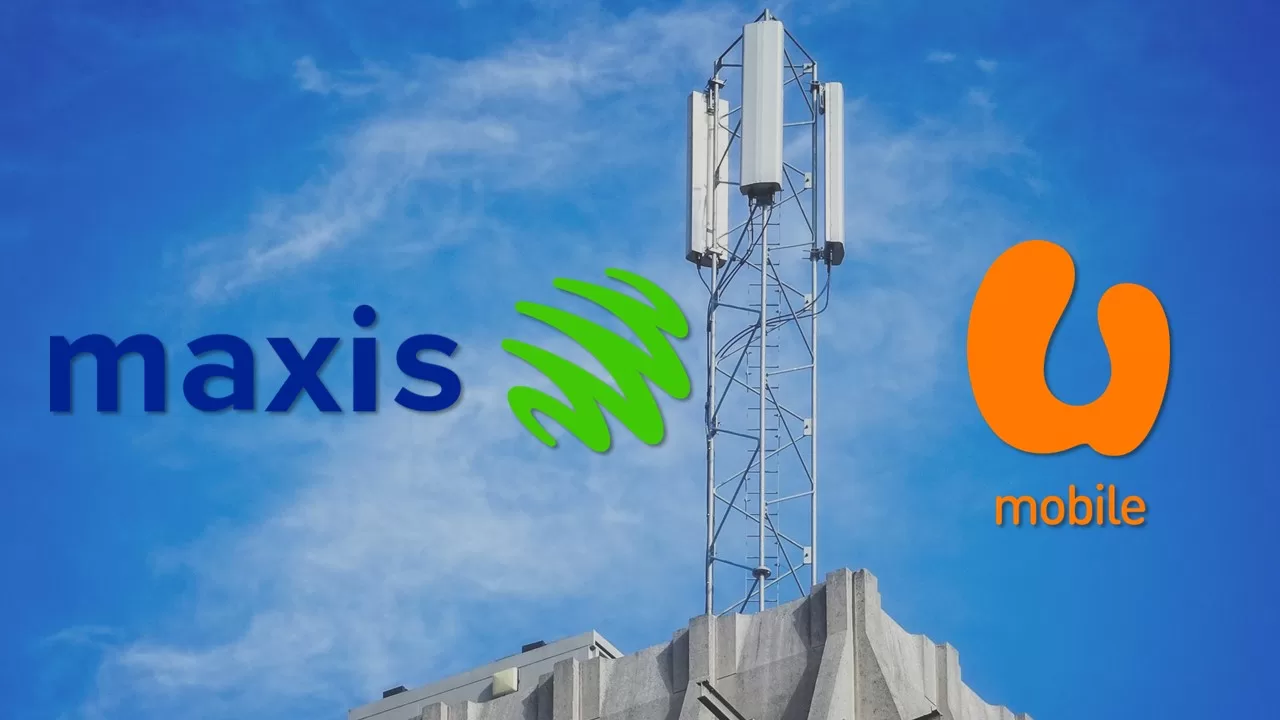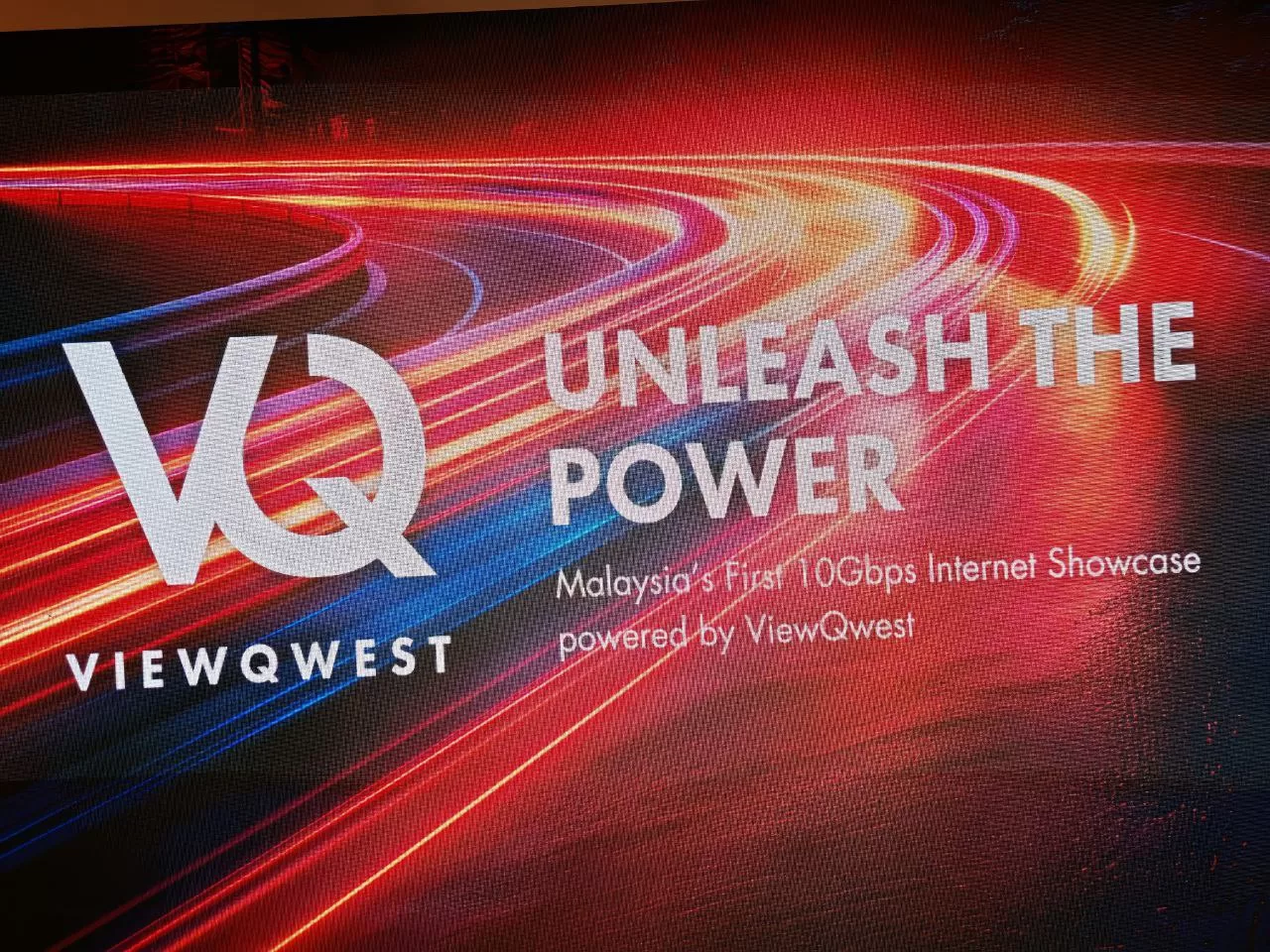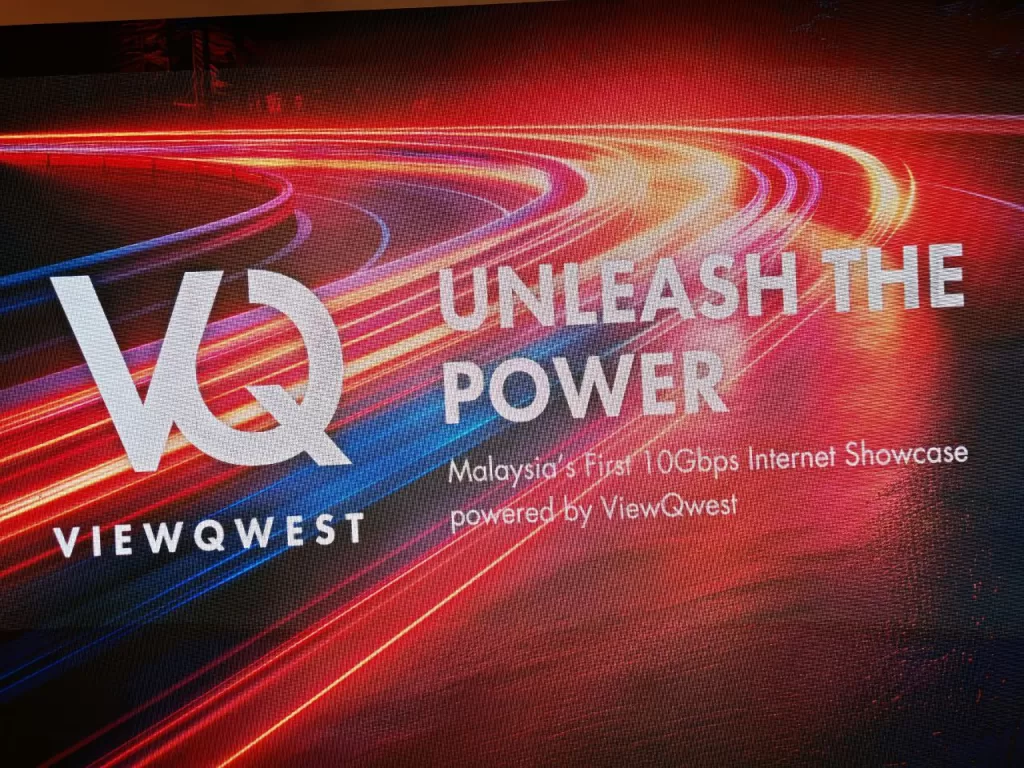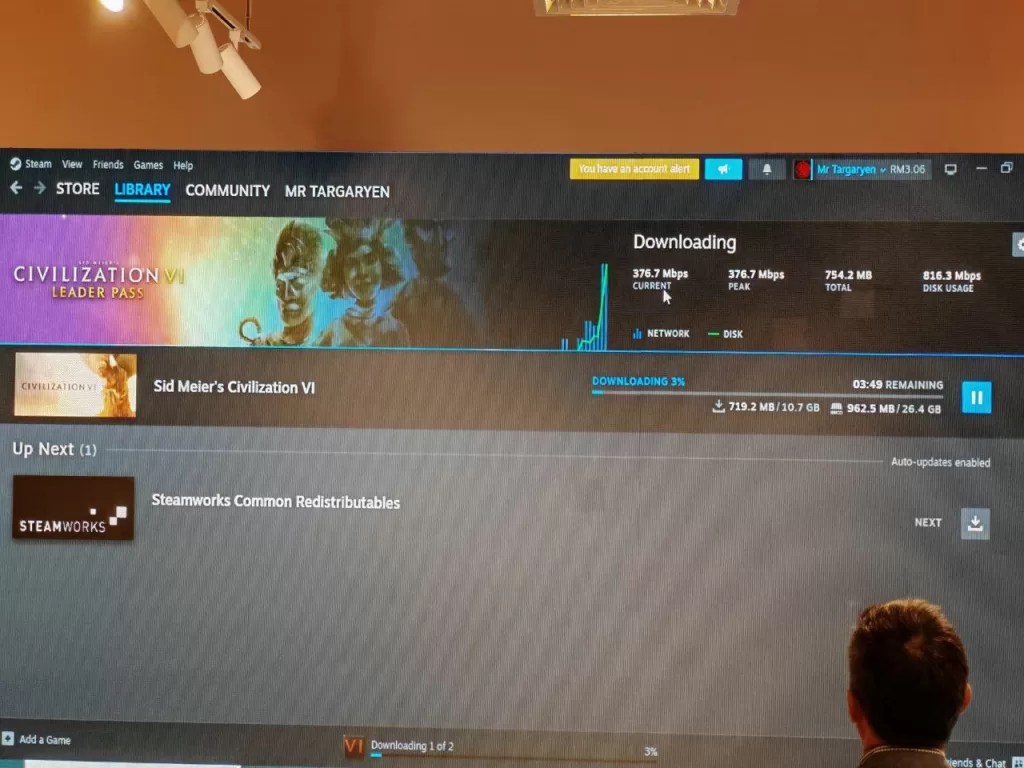The digital landscape is rapidly evolving, and the demand for skilled professionals to navigate it is higher than ever. Recognizing this critical need, Payments Network Malaysia (PayNet) has launched a groundbreaking initiative called Program Akar. This program aims to bridge the digital skills gap in Malaysia’s financial services sector by equipping the next generation with essential cloud computing knowledge.
The impetus for Program Akar is clear. Research indicates that a staggering 78% of Malaysian employers anticipate needing digitally skilled workers within the next five years. However, access to affordable training remains a hurdle, despite a high level of interest among Malaysians. This gap between desire and opportunity is precisely what Program Akar seeks to address.
Program Akar offers an inclusive and accessible pathway for Malaysians to acquire in-demand cloud skills. It removes the financial barrier to entry by providing the program entirely free of charge. Prior technical experience is not required, making it an attractive option for individuals from diverse backgrounds.
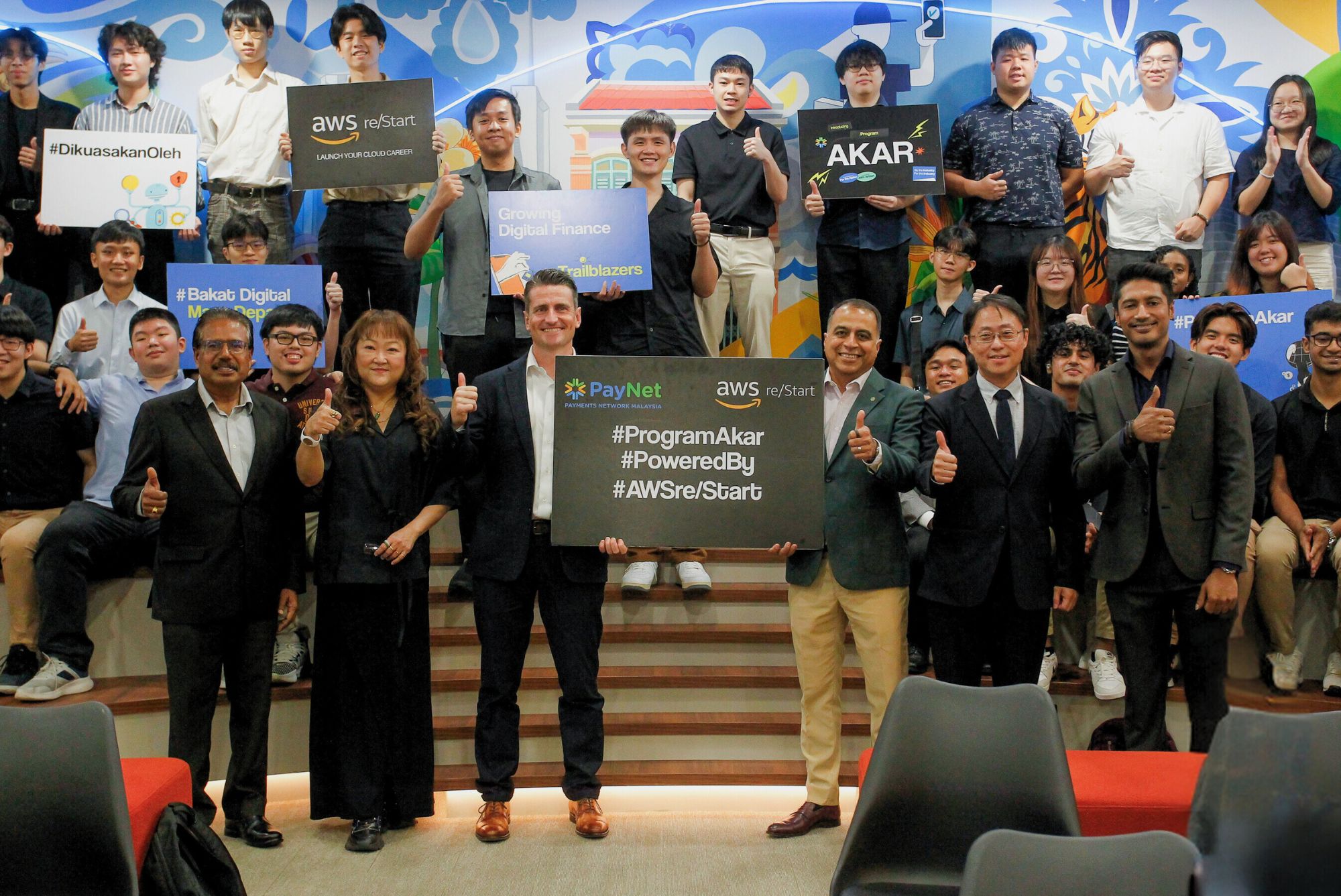
The program leverages the expertise of industry leaders. Amazon Web Services (AWS) re/Start, a global training initiative focused on cloud skills development, provides participants with essential resources and technical know-how. PayNet, as the program’s sponsor, champions the integration of industry-specific skills, ensuring graduates are well-equipped for the financial services workforce. World Education Placement Services Sdn Bhd. (WEPS) serves as the program delivery partner, guaranteeing a curriculum that is current, industry-focused, and effectively delivered.
Program Akar equips participants with a solid foundation in cloud computing and digital payments, preparing them for future career opportunities. Through a rigorous 47-day training course, participants delve into core areas like programming, networking, security, and databases, all from an AWS cloud-centric perspective.
This foundational training is complemented by the industry-recognized AWS Cloud Practitioner Certification Exam, validating participants’ newly acquired skills and demonstrating their commitment to cloud computing.
Program Akar extends beyond skills development by actively supporting graduates in securing employment within the Malaysian financial services sector. PayNet and WEPS connect program graduates with potential employers, facilitating placements in roles like cloud operations, site reliability, infrastructure support, and technical business support functions.
Program Akar exemplifies the power of collaboration. PayNet’s vision and financial backing are critical elements, as are the expertise of AWS re/Start and the program delivery proficiency of WEPS. This collaborative approach ensures participants receive high-quality training and industry-relevant skills, ultimately boosting their employability.
The program’s initial cohort of 50 participants will begin their journey in July 2024, commencing their training at the Asia Pacific University of Technology & Innovation (APU). Leading financial institutions such as Bank Negara, Maybank, Public Bank, Hong Leong Bank, and Bank Islam have already expressed interest in providing internship opportunities for graduates, further solidifying the program’s link to the industry it aims to serve.
With the proven success of AWS re/Start programs worldwide, connecting over 98% of graduates with job interview opportunities, Program Akar holds significant promise for Malaysia’s digital future. It fosters a diverse pool of cloud-skilled talent, empowering individuals while enabling the financial services sector to embrace new technologies and enhance its competitiveness. Program Akar is not just a skills development initiative; it’s a bridge towards a thriving digital economy fueled by a skilled and motivated workforce.






